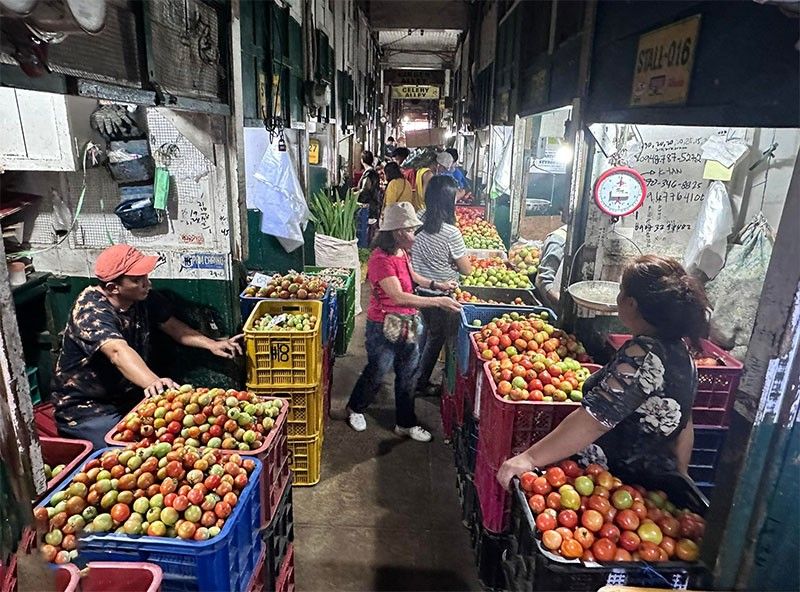‘La Niña may help ease food inflation’

MANILA, Philippines — The potential impact of La Niña could help lower food prices across Southeast Asia, including the Philippines, possibly prompting central banks to be more aggressive in cutting interest rates later this year, according to Capital Economics.
In a report, Capital Economics said La Niña, a weather event associated with above normal rains, could provide good growing conditions for crops in the region and put downward pressure on food prices.
“Our view is that central banks in the region will begin cutting interest rates later this year. La Niña increases the odds that easing cycles will be even more aggressive than our forecasts, which are already more dovish than the consensus,” Ankita Amajuri, assistant economist at Capital Economics, said.
Citing the World Meteorological Organization, Amajuri said there is a 70 percent chance of a La Niña between August and November, which could provide support for producers of rice, coffee and sugar as these commodities have been negatively affected by the dry spell over the past semester.
“An increase in production would help bring down agricultural prices, which remain elevated,” she said, adding that the impact of La Niña would depend on its strength and duration.
She noted that there have been 10 moderate to severe La Niña episodes in the past 40 years and rice inflation fell on seven occasions.
Still, it is possible that the positive impact of La Niña will be less pronounced than the negative effects of El Niño due to climate change.
“It won’t be until the final quarter of the year that we will know for sure how severe this La Niña will be, and our commodities team is not making any changes to their agricultural price forecasts at this stage. We are also keeping our inflation forecasts unchanged for now,” Amajuri said.
According to Amajuri, the latest inflation data across the region is encouraging as headline rates fell in almost every country that has released its data for June so far.
This was primarily driven by easing food prices and energy costs along with continued declines in core inflation.
In the Philippines alone, headline inflation slowed to 3.7 percent in June from 3.9 percent in May and 5.4 percent in June 2023. It marked the slowest in four months or since the 3.4 percent in February this year.
From January to June, inflation averaged 3.5 percent, within the two to four percent target of the Bangko Sentral ng Pilipinas for the year.
Amajuri said the think tank expects inflation to fall further in the second half of the year.
“Our forecast is that global oil prices will fall back again over the coming months, which should result in a decline in fuel price inflation,” Amajuri said.
“Meanwhile, subdued economic growth will help to keep a lid on underlying price pressures. We also expect food price inflation to drop back further, helped by better growing conditions now that the recent El Niño has come to an end,” she added.
- Latest
- Trending




























